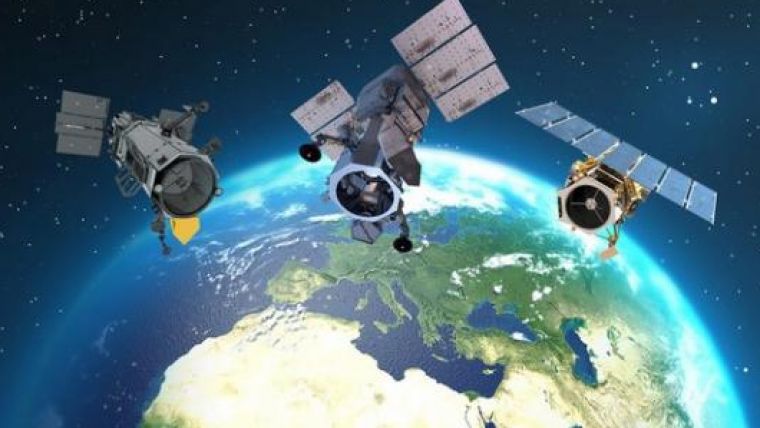Copernicus Offers 40cm Imagery from European Space Imaging
This article was originally published in Geomatics World.
The European Space Agency has released an updated version of the Copernicus Data Access Portfolio offering 40cm imagery from the WorldView-3, WorldView-2, and GeoEye-1 satellite missions. This is the highest resolution imagery ever offered to Copernicus users who are eligible to order rush image tasking through the service. These users include the Copernicus Emergency Management Service and the European organisations operating the Copernicus Security Service: FRONTEX, the European Union Satellite Centre, and the European Maritime Safety Agency (EMSA).
“Very high resolution imagery provides the backbone of the Copernicus Security Service,” says Henning Götz, Copernicus Project Manager at European Space Imaging. “Seeing more of what is actually happening on the ground, or at sea, is vital for improving the situational awareness of any agency tasked with responding to security threats or emergencies.”
The 40cm resolution data is available for both standard orders and time-critical rush orders. On average, imagery ordered from the archive in the rush mode takes less than 2 hours to be delivered, and new image collections less than 3 hours, enabling agencies to respond to critical situations in a timely manner.
“We are proud to be the only European provider capable of delivering imagery at this resolution and within these timeframes,” says Adrian Zevenbergen, Managing Director of European Space Imaging. “Seeing anywhere on Earth at 40cm resolution is a real boost to the operational ability of many European organisations, and enables them to take a comprehensive and informed approach.”
The Copernicus Earth Observation and Monitoring Programme took almost 20 years to transition from a research project into a fully operational service. The vision for it was outlined in Baveno, Italy in 1998, and was only truly realised when the Copernicus service for Security applications became fully operational less than one year ago. It will henceforth provide reliable access to timely and high quality earth observation data.
“The biggest benefit of 40cm data is that decision makers are able to see remote and hard-to-access areas in even more detail,” says Henning Götz. “This enables them to plan evacuation routes, identify temporary settlements in need of aid, monitor the movements of people and maritime traffic, and the progress of infrastructure projects. In short, the Copernicus Programme helps to ensure the safety and security of people on the ground and the sea, no matter where in the world they are.”

Value staying current with geomatics?
Stay on the map with our expertly curated newsletters.
We provide educational insights, industry updates, and inspiring stories to help you learn, grow, and reach your full potential in your field. Don't miss out - subscribe today and ensure you're always informed, educated, and inspired.
Choose your newsletter(s)
























